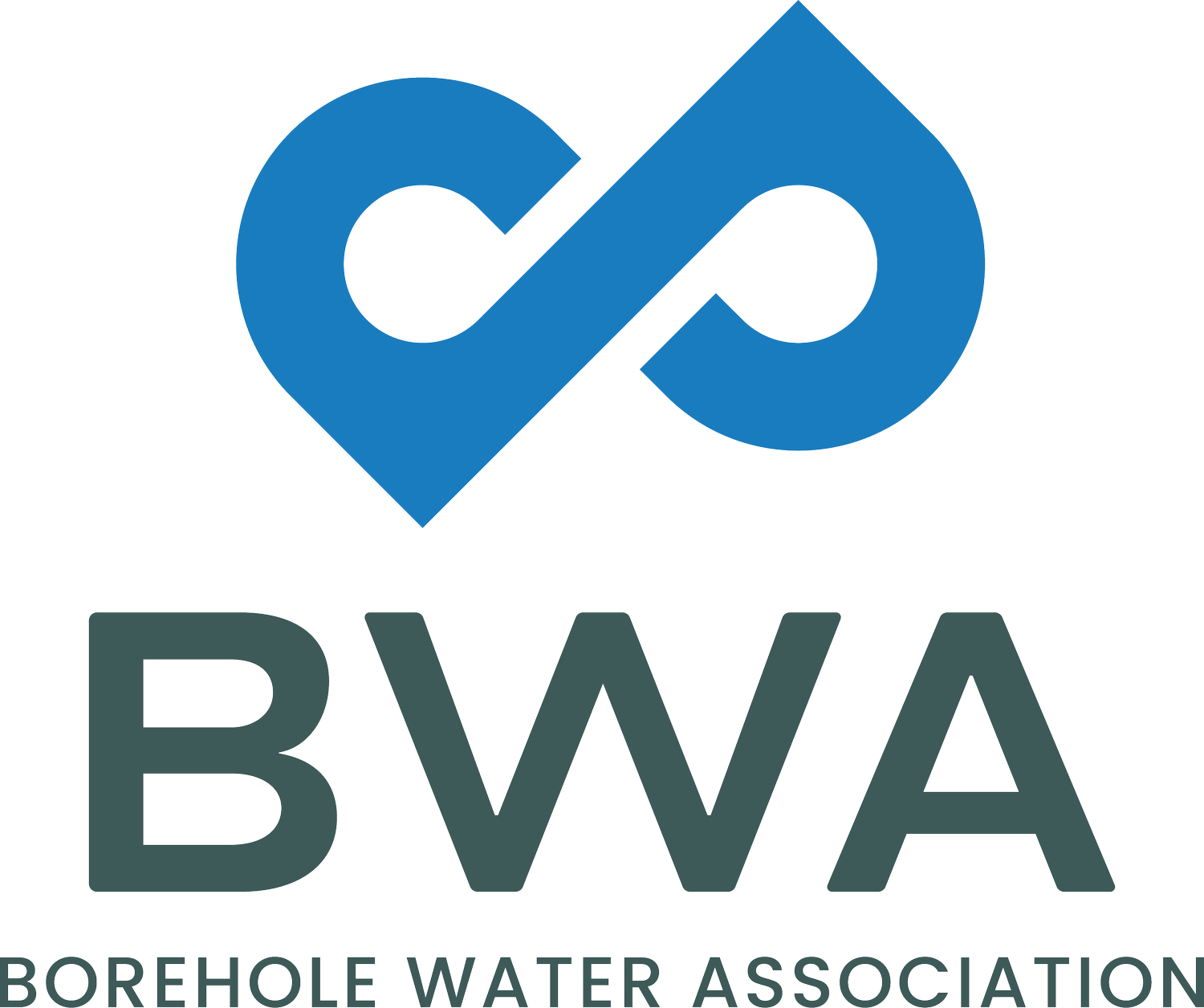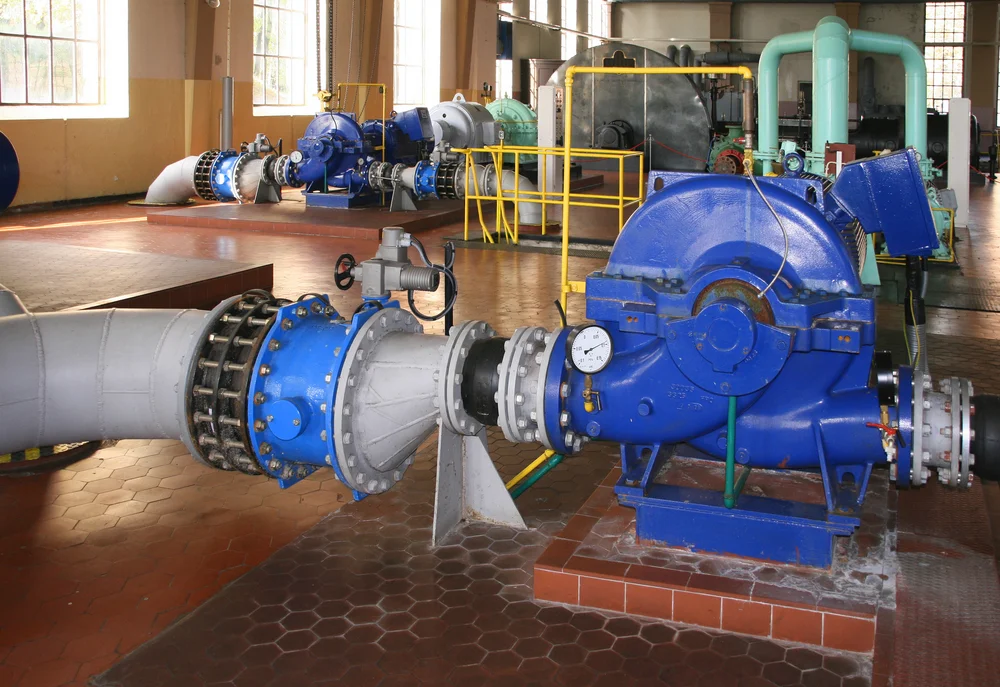Are boreholes a good investment?
/Kobus Troskie and Andrew Johnstone, GCS Pty Ltd.
Low rainfall and drought conditions have left South Africa with eight out of the nine provinces declared disaster areas. In addition, the cost of water in South Africa has continued to increase over time, primarily due to inflation and shortages in water supply. The problem has further been aggravated by the recent low rainfall in South Africa.
In Gauteng, Johannesburg Water has entered into a partnership with the Borehole Water Association to encourage residents to use borehole water to mitigate the ongoing drought and to relieve the pressure on surface water demand.
Groundwater resources have always played a critical role in meeting the water demands of traditionally water-scarce areas of the world, but what about the cost of having a borehole drilled and equipped? In this article, two examples will be discussed to demonstrate how groundwater can serve as a very attractive investment rather than just a pure expense.
Household and Business Water Use
Households with piped water and with stand sizes larger than 500m2, often use up to 46% of their water consumption on irrigating the garden (Water – How is it used at home, HE Jacobs, LC Geustyn and BF Loubser, 2005). Using municipal water for the purposes of garden irrigation is quite frankly a waste of potable water. By using groundwater for irrigation, residents can potentially save money on their water bills, while decreasing the demand on the municipal water supply. Municipalities use tariff rates that increase in proportion to usage. This has a significant impact on the water bill at the end of the month.
Given the cost of installing and maintaining a borehole, is the potential saving in water really worth it? To answer that question, let’s look at the costs involved in installing and maintaining a borehole in an office block with a garden and then in a typical residential property.
Boreholes: Major Capital Installation Costs
The following are the primary expenditures associated with installing a borehole:
- Site selection cost to determine whether and where to locate a groundwater production borehole.
- Borehole construction cost for:
- mobilisation of equipment to site and back to base,
- drilling per-hour (converted to per-metre) of drilling,
- casing entailing supply and installation of solid casing and screen, gravel pack, sanitary seal and well-head construction, and
- well development entailing cleaning of the borehole after construction.
- Pumping test cost for post-construction assessment of borehole and aquifer performance.
- Hydrochemical analysis cost of water quality testing for an intended use.
- Installation cost for a pump and/or potable water storage tank and reticulation system.
- Maintenance costs for annual checks to the pumping equipment, pipe work and repairs should there be any failures.
- Electricity costs for running the pump each time it is switched on.
Groundwater Abstraction Legal Requirements
Briefly, groundwater use is governed by the National Water Act, 1998 (Act No. 36 of 1998) (NWA) and permitted for private use in terms of Schedule 1. Where water is used for domestic purposes only and less than 10m³ per day is used, no registration is required. But where more than 10m³ per day is being abstracted on a property, a registration with the Department of Water and Sanitation (DWS) is required.
A Borehole as an Investment in an Office Block
In 2012, GCS decided to drill a borehole to use solely for garden irrigation through an automated garden irrigation system. A record of water usage and electricity costs have been kept to calculate the actual costs involved.
Drilling
Borehole construction diagram
The borehole was drilled by Midrand Boreholes in 2012 using an air percussion drilling rig. A shallow water-bearing formation was intersected at 35 metres below ground level. The borehole was completed with a well screen, and well casing surrounded by an annulus gravel pack and appropriate surface and borehole seals. The total cost to complete this borehole was R17 264.
Not all boreholes are this shallow. The depth to the water-bearing geological formation and the amount of loose or weathered material that needs to be cased off will ultimately determine the costs of drilling the borehole.
It must be noted that there is a financial risk in drilling a borehole, not all boreholes drilled will yield desired volumes of water. This risk however can be reduced significantly by seeking expert advice from a Geologist / Hydrogeologist during the drilling, construction and testing of the borehole.
Pumping test
Constant rate and recovery test
The borehole was tested using a constant discharge test (CDT). The CDT was undertaken in two phases, namely the pumping phase and the recovery phase. The CDT was completed within a day (8 hours) at a cost of R 6 000. This part of the process is often omitted as it is viewed as an unnecessary expense. This invariably leads to oversizing of the pump and ancillary equipment and an increase in pump repairs. Historical performance information indicates that an accurate discharge test saves money and adds immeasurably to the reliability of the installation.
Borehole water chemistry
Chemistry test results
In order to determine the water quality for the intended use, a sample was taken from the borehole and sent to Inspectorate M&L Laboratories based in Johannesburg for water quality analysis. When the analysed values were compared with the standard values recommended by the South African National Drinking Water Standards for drinking water and public health, all hydrochemical values were found to comply with the prescribed limits. The hydrochemical analysis cost R717. (The cost in 2016 is R1100 for a Standard SABS 241 drinking water analysis).
Pump supply and installation
The borehole is equipped with a 0,75 kW Grundfos submersible pump capable of delivering 2500 l/h. The pump was purchased from the Pump Shop, Randburg at a cost of R12 266.
Cost/Benefit Analysis
Table 1: Cumulative cost savings: borehole vs municipal water in an office block
The capital expenditure in 2012 was R36 247 with an insignificant amount of water pumped. Between 2013 and May 2016, the cost of electricity to run the pump was R1975 (Table 1). Therefore, the total cost (operating and capital) to irrigate the garden using borehole water during this period was R38 222.
Table 1 shows that between 2013 and May 2016, GCS used a total of 4112 kilolitres. If this had been municipal water, it would have cost R103 717. So the amount saved by using borehole water was R101 742 (R103 717 – R1975 for the electricity).
To calculate the actual saving of using borehole water, the capital expenditure needs to be taken into account. The cost saving minus the capital expenditure is R65 495. This would mean an average cost saving per annum over the 3 years and 5 months of R19 140.
From the graph below, it can be seen that:
- By the end of 2013, R20 267 of the capital cost was recovered (R36 247 – R15 980).
- By the end of 2014, the capital cost had been repaid and a saving of R13 328 had been realised.
- By the end of 2015, the R41 493 cumulative saving shown made a material contribution to cost reduction in the company.
- The significant increase in savings in 2016 (only 5 months) is a reflection of the increased water use due to the prevailing drought conditions. If there was no access to borehole water, this would have meant a devastated garden or a drastically increased water bill!
Cumulative savings over 5 years
The following exclusions and assumptions in the GCS example are made:
- Water treatment (e.g. water softener and UV purifier) is excluded assuming that water treatment is not required. However, this may be necessary in certain areas.
- Servicing costs are also not included (which run at a minimal cost, if the abstraction is managed and the borehole not over pumped).
A Borehole as an Investment in a Residential Area
Table 2: Cumulative cost savings: municipal vs. borehole water in a residential home
A similar project was done in a residential property in Bryanston Johannesburg. The total water used (2012-2015) from the borehole was 1 619 kilolitres. When compared to the municipal tariffs, the cost saving by using borehole water so far is R19 542.
Due to the lower water usage from the borehole in this case, the savings were not as significant as in the office block example. Nevertheless, the figures indicate that substantial savings were made by installing a borehole.
Conclusions
Based on the cost analysis in this article, it is evident that the use of borehole water for watering gardens is a cost-efficient and viable alternative to municipal water. A well-maintained borehole is also a cost-effective, self-sufficient asset. Although initial costs of drilling and equipping may be high, there are long-term financial benefits to groundwater, particularly the fact that borehole water costs significantly less than municipal water.






